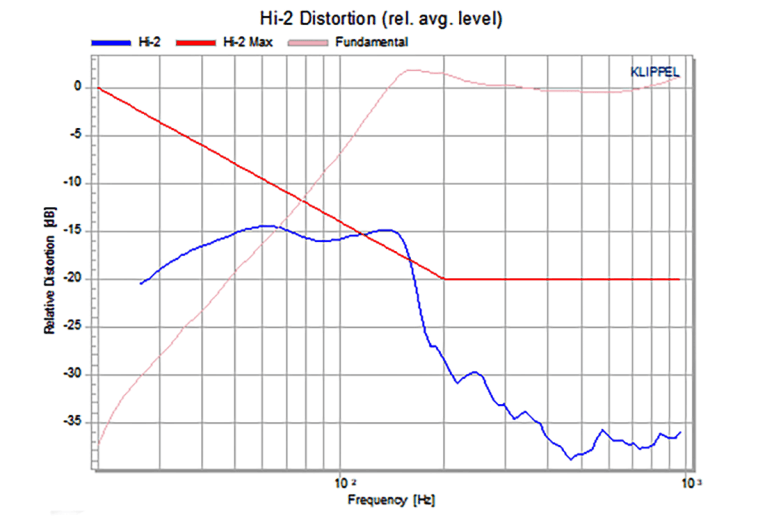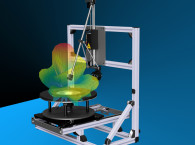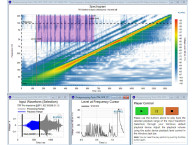The Klippel software dB-Lab version 210 has received another minor update - free of charge for any dB-Lab 210 user. It includes bug fixes and feature updates.
For Rocking Mode Analysis (RMA), Klippel improved the robustness of the identification process and simplified the operation. RMA can now read 3D vibration data from Klippel Scanning Vibrometer System (SCN) data-containers, simplifying the way data is stored and imported. Klippel has also condensed the result presentation in the main output window "RMA Result" with a new diagram showing transducer imbalances. The quality assessment of the result was improved, providing a fast overview to the user with color-coded grading and practical feedback.

To help with daily work routines using the Klippel Analyzer System, Klippel is now providing small, handy tools (operations) that are available free of charge and are included in the R&D software package. Users can find more information on the Utilities website.
More information about the new software update can be found on the Klippel website and also in the What’s new in dB-Lab 210 – QC 6.5 information sheet.
New add-ons for the QC Software Framework
Klippel now provides a new add-on for the Sound Pressure Task of the Klippel QC Framework. The Hi-2 Weighted Harmonic Distortion (Hi-2) is calculated from higher order harmonic distortion. Such harmonics are weighted in a special way to emphasize defect symptoms of unacceptable speaker behavior. The SPL Task uses a sine chirp for Hi-2 distortion measurement and can therefore measure this symptom in a very short time. Hi-2 distortion may also be measured by our DIS Pro module using steady state sine tones.

The optional Hi-2 module covers the following features and benefits:
• Fast measurement of Hi2 distortion (also called “BLAT“)
• Using sine chirp
• Standardized or user defined limits
• Conform to automotive standard
• Sensitive distortion measurement of higher harmonics.
The new technical documents are now available on the Klippel website.
In addition, the new T/S Parameter Laser Fitting (TSX) is an add-on for Klippel's Impedance Task (IMP) of the QC software framework that enhances the impedance-based lumped parameter fitting of the IMP with state-of-the-art laser displacement measurement.

This yields the complete set of linear transducer model parameters including force factor Bl, moving mass Mms as well as mechanical stiffness Kms and losses Rms for full production supervision, process control and root cause analysis. Based on dedicated stimuli and advanced fitting algorithms including suspension creep, the TSX determines accurate transducer parameters within fractions of a second in one step.
www.klippel.de







